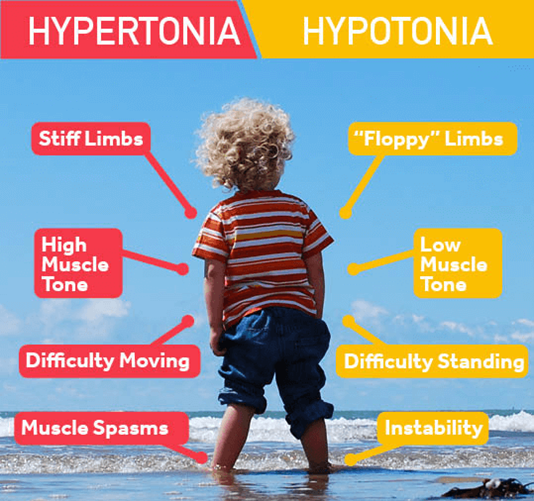A nurse is caring for a client who has acute glomerulonephritis. Which of the following findings should the nurse expect?
Hematuria.
Polyuria.
Weight loss.
Hypotension.
The Correct Answer is A
Hematuria is the presence of red blood cells in the urine, which can make it appear pink or cola-colored. Hematuria is a common sign of glomerulonephritis, which is inflammation of the tiny filters in the kidneys (glomeruli) that remove waste and excess fluid from the blood. Hematuria occurs because the inflamed glomeruli allow some blood cells to leak into the urine.
Choice B is wrong because polyuria is the production of abnormally large amounts of urine. Polyuria is not a typical feature of acute glomerulonephritis, which may actually cause reduced urine output due to fluid retention and decreased kidney function.
Choice C is wrong because weight loss is not a common symptom of acute glomerulonephritis. On the contrary, weight gain may occur due to fluid retention and edema (swelling) in the face, hands, feet and abdomen.
Choice D is wrong because hypotension is low blood pressure. Hypotension is not usually associated with acute glomerulonephritis, which may cause high blood pressure (hypertension) due to fluid overload and impaired sodium excretion by the kidneys.
Normal ranges for blood pressure are less than 120/80 mmHg for adults. Normal ranges for urine output are about 800 to 2000 mL per day for adults.
Normal ranges for protein in the urine are less than 150 mg per day for adults. Normal ranges for red blood cells in the urine are less than 3 per high-power field for men and less than 5 per high-power field for women.
Nursing Test Bank
Naxlex Comprehensive Predictor Exams
Related Questions
Correct Answer is D
Explanation

Hypertonicity is a sign of increased muscle tone and stiffness, which can indicate that the newborn is experiencing withdrawal from methadone exposure in utero. Methadone is an opioid medication that can cross the placenta and cause neonatal abstinence syndrome (NAS) in the newborn.
Choice A is wrong because it is a normal finding in newborns.
Acrocyanosis is a bluish discoloration of the hands and feet due to immature peripheral circulation. It usually resolves within the first 24 to 48 hours of life.
Choice B is wrong because it is not a typical sign of withdrawal.
Bradycardia is a slow heart rate, usually less than 100 beats per minute in newborns. It can be caused by hypoxia, hypothermia, hypoglycemia, or vagal stimulation.
Choice C is wrong because it is a sign of increased intracranial pressure, not withdrawal. Bulging fontanels can be caused by meningitis, hydrocephalus, or hemorrhage.
Normal ranges for newborn vital signs are as follows:
- Heart rate: 120 to 160 beats per minute
- Respiratory rate: 30 to 60 breaths per minute
- Temperature: 36.5 to 37.5°C (97.7 to 99.5°F)
- Blood pressure: 60 to 80 mm Hg systolic and 40 to 50 mm Hg diastolic
Correct Answer is C
Explanation
This is the priority question for the nurse to ask the client because it assesses the client’s risk for suicide, which is a serious and potentially life-threatening complication of conduct disorder. The nurse should use a direct and nonjudgmental approach when asking about suicidal ideation and plan.
Choice A is wrong because it is not the most urgent question to ask the client.
While it is important to assess the client’s social relationships and possible peer rejection, this can be done after addressing the client’s safety and mental status.
Choice B is wrong because it is not relevant to the client’s current condition and might make the client feel defensive or stigmatized.
The nurse should avoid asking questions that imply blame or judgment and focus on the client’s strengths and coping skills.
Choice D is wrong because it is not appropriate for the nurse to ask the client in an emergency department setting.
This question might imply that the client is responsible for their conduct disorder, which is a complex and multifactorial mental health condition. The nurse should collaborate with the client and their family to develop a behavior management plan that involves positive reinforcement, limit setting, and consistent consequences.
Normal ranges: According to the DSM-5, conduct disorder is characterized by a persistent pattern of behavior that violates the rights of others or societal norms.
The symptoms of conduct disorder include aggression, deceitfulness, destruction of property, serious rule violations, and lack of remorse.
Conduct disorder can cause significant impairment in social, academic, or occupational functioning. The prevalence of conduct disorder is estimated to be 4% among children and adolescents.
The risk factors for conduct disorder include genetic factors, neurobiological factors, environmental factors, and psychological factors.
Whether you are a student looking to ace your exams or a practicing nurse seeking to enhance your expertise , our nursing education contents will empower you with the confidence and competence to make a difference in the lives of patients and become a respected leader in the healthcare field.
Visit Naxlex, invest in your future and unlock endless possibilities with our unparalleled nursing education contents today
Report Wrong Answer on the Current Question
Do you disagree with the answer? If yes, what is your expected answer? Explain.
Kindly be descriptive with the issue you are facing.
